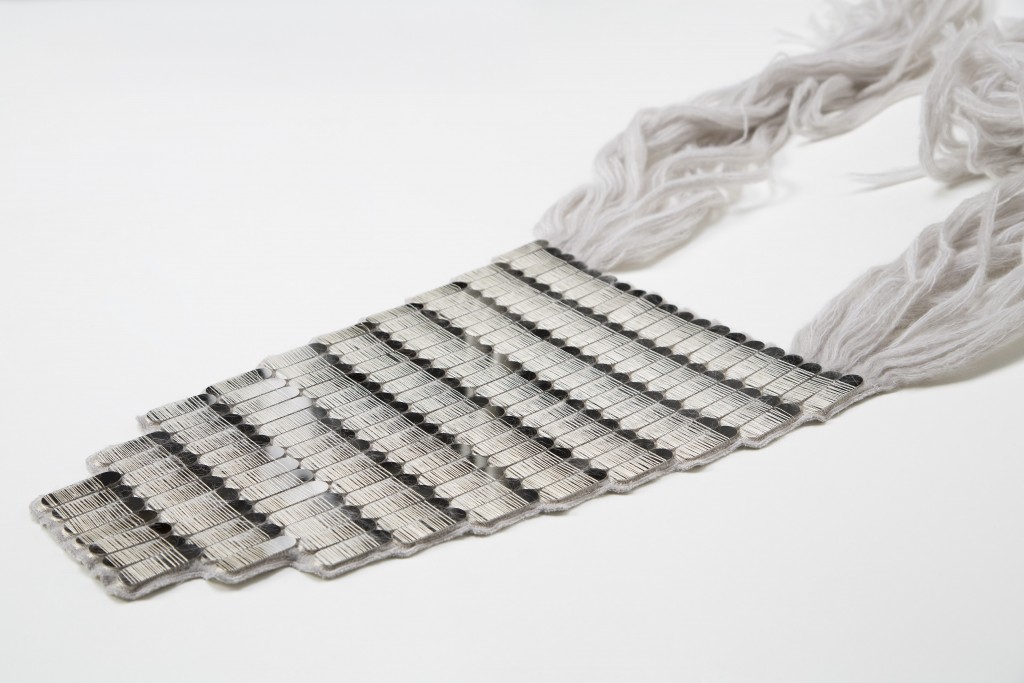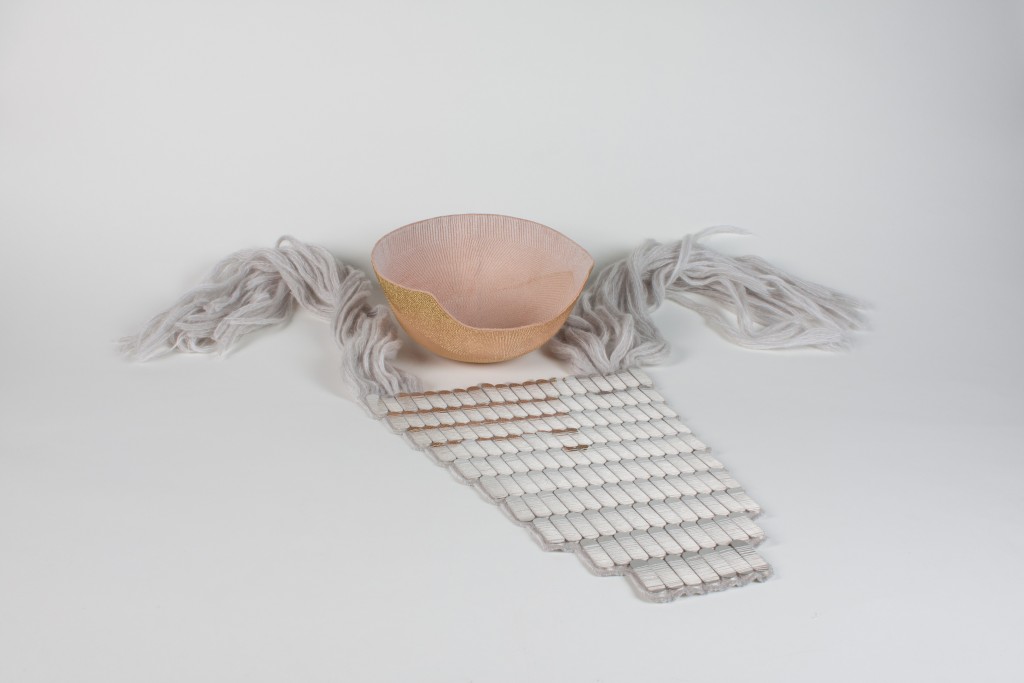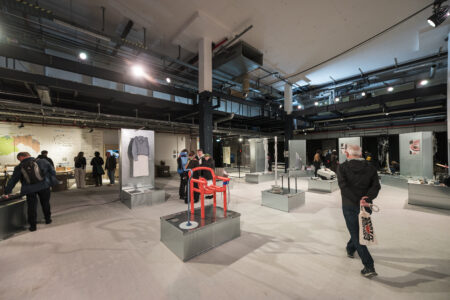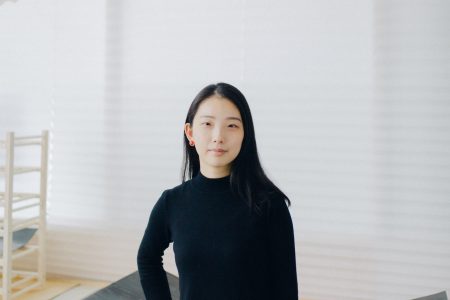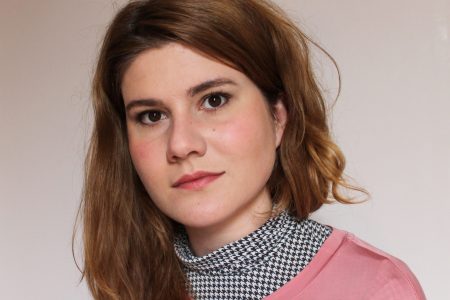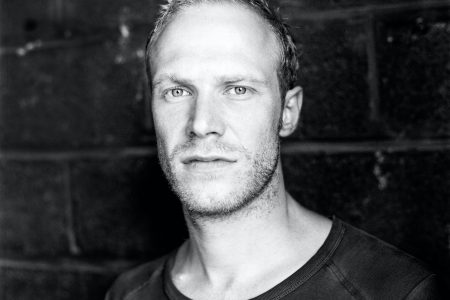Niels Heymans & Emilie Pallard
Avoiding the pitfalls of nostalgic recollection, TLmag takes a contemporary look at a fledgling group of many designers trained at Design Academy Eindhoven (DAE), who now call Amsterdam home.
Partners in both life and work, Niels Heymans and Emilie Pallard approach design by exploring what fascinates them personally. Conceptual and cultural references transcend the duo’s revived or newly invented, craft-led techniques. Their poetic interpretations often result in minimalistic forms with an emphasis on texture, tactility and colour. Heymans’ 2012 Space Divider project works to emulate the visual and sonic qualities of a church. In doing so, it explores the conditions of the human experience. Following the architectonic contours of a gothic cathedral, the slightly concave, human-height monolith was designed to inspire reflection and devotion. Works like Pallard’s Domestic Disguises also investigate the role of experience and personified objects. In this project, sheets covering furniture draw parallels with chadors, the cloaks worn by Iranian women. In isolation, these works inspire concentration and contemplation. Together, the Franco-Dutch duo has developed the ongoing Casting Spells series. Working closely with the TextielMuseum in Tilburg, the collection employs the subtle properties of fabric to produce a gold embroidered leather Helmet, laser-cut acetate Cape and mohair-cum-polyester Plastron. These accessories express the alchemy of natural elements like sunlight, water and air. The designers also employ these primal forces in their experiments and applied techniques.
TLmag: Why did you decide to establish your practice in Amsterdam? What did you bring over from the time you spent studying and/or working in Eindhoven?
Emilie Pallard: Though studying at Design Academy Eindhoven was inspiring, I missed the challenges that come with the less affordable rent and limited space that you find in bigger cities. I understand why other people stayed in Eindhoven. There was room to grow professionally there. However, other than that, there wasn’t much going on. I do miss the sense of community and the access to nature. Though my turnaround times are shorter working in Amsterdam, I’m still able to employ the same research-based and conceptual thinking I fostered at the academy.
Niels Heymans: In Eindhoven, we had plenty of space to fill and ended up collecting a lot of material. That eventually became a mess. When we first moved to Amsterdam, we changed studios often and quickly got rid of that material. We only kept our books and clothing. Both physically and metaphorically, this allowed us to leave behind the luggage of the academy and redefine ourselves. Out of necessity, Emilie and I developed lightweight projects with virtual, textile and image-based applications. Once we got established, we were able to delve deep into our work once again.
